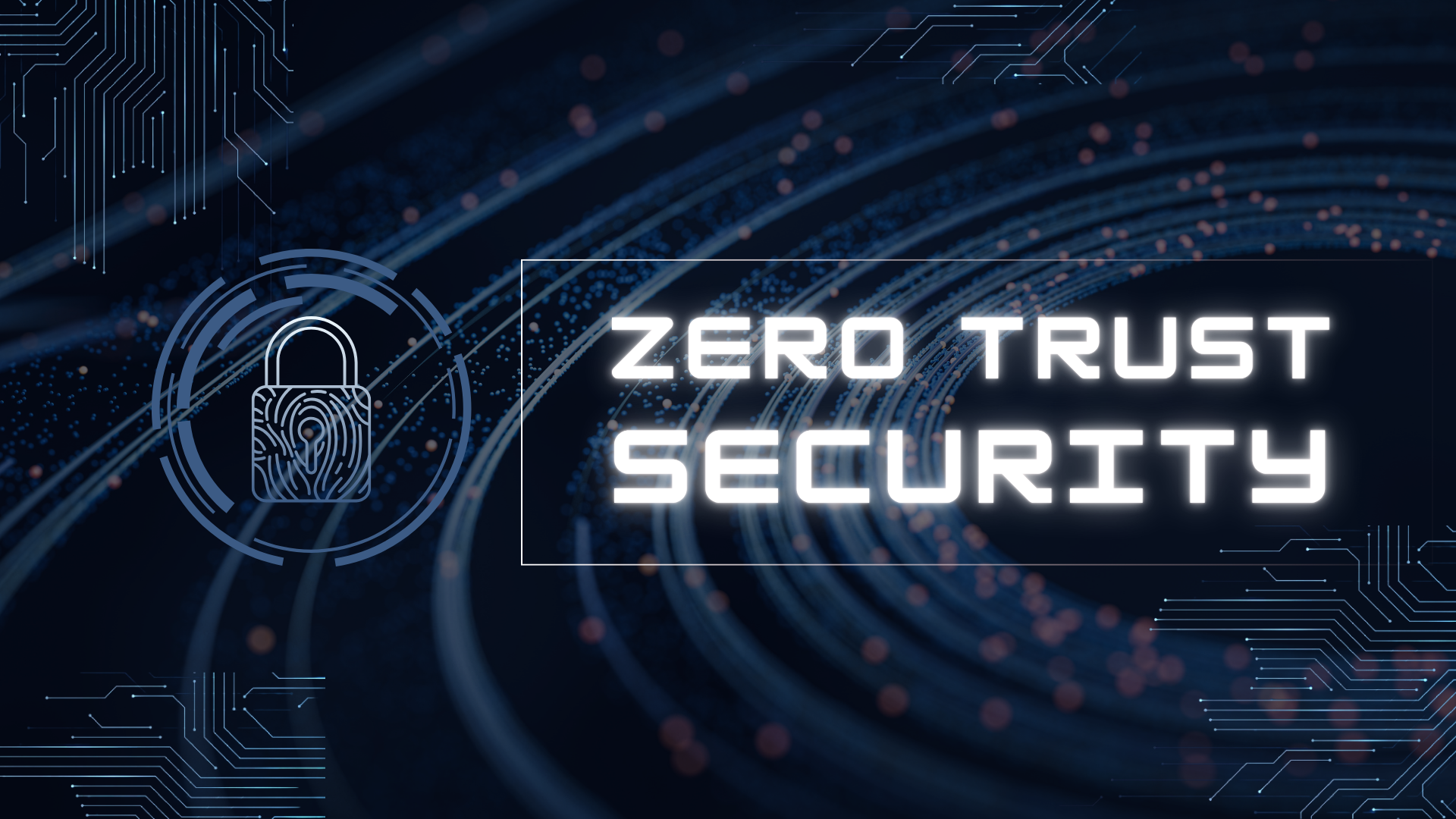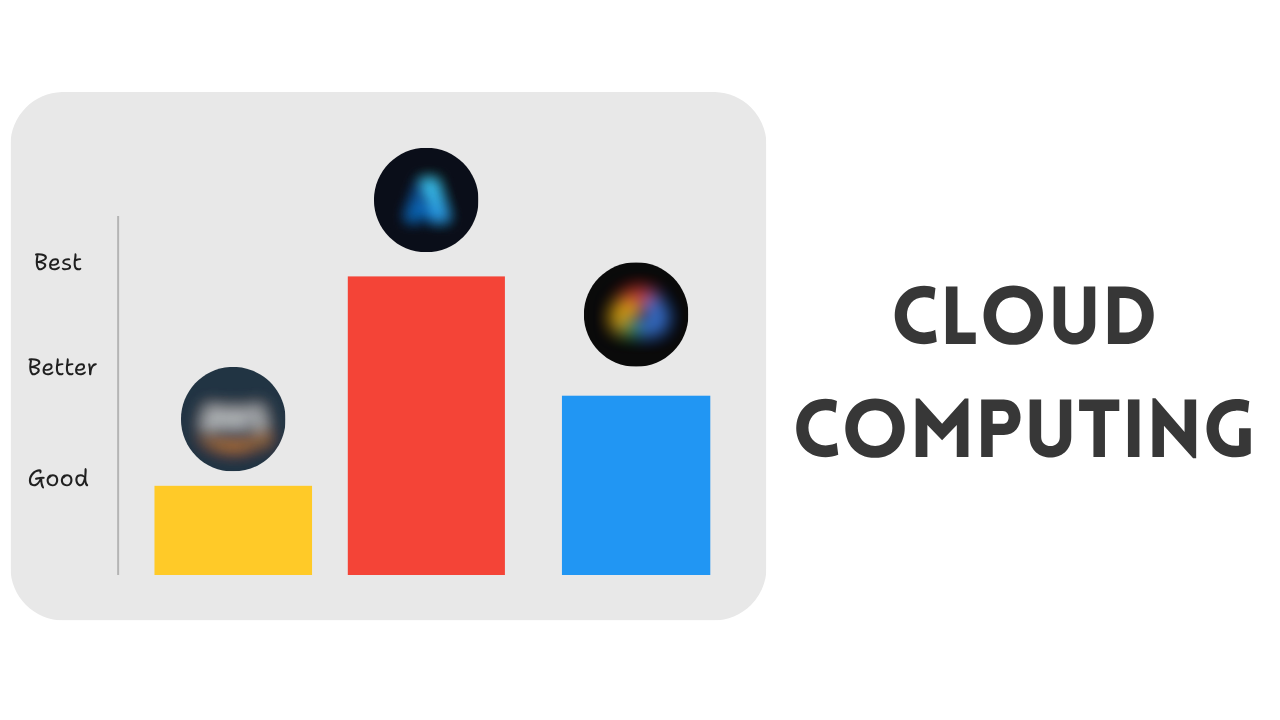
Why You Can't Trust Anyone in the Digital Age: Zero Trust Security Explained!
The cybersecurity landscape has fundamentally transformed, and the harsh reality is that traditional approaches to network security are no longer sufficient in our interconnected digital world. The concept of trust, once a cornerstone of organizational security, has become a vulnerability that cybercriminals exploit with devastating effectiveness. In 2025, we are witnessing an unprecedented escalation in cyber threats, with worldwide cybercrime costs estimated to hit $10.5 trillion annually. This staggering figure represents more than just financial loss; it reflects a complete breakdown of traditional security paradigms.
The Death of Implicit Trust
Why the Traditional "Trust But Verify" Approach is Obsolete
The traditional "trust but verify" approach that served organizations for decades has become fundamentally flawed in today's threat landscape. This model, once championed during the Reagan era for nuclear arms negotiations, assumed that once users were verified as part of an organization, they could be trusted by the system from that point forward. However, this left systems vulnerable to malware and attackers who could pose as already trusted individuals and slip through security cracks without facing additional verification steps.
The perimeter-based security model, often referred to as the "castle-and-moat" approach, operated on the assumption that everything inside the network perimeter was safe and trustworthy. This model heavily invested in defending the perimeter with firewalls, intrusion detection systems, and other security measures designed to block external attacks. However, once an attacker crossed the perimeter, they could freely access any data and systems within the network.
The Vanishing Perimeter
The concept of a defensible, impermeable perimeter is dead. Modern enterprise environments face what security experts call the "Perimeter Problem". It means that the traditional perimeter defense is failing organizations and progressively becoming worse. The National Institute of Standards and Technology (NIST) acknowledges that "it is no longer feasible to simply enforce access controls at the perimeter of the enterprise environment and assume that all subjects within it can be trusted".
Several factors have contributed to this dissolution of the network perimeter:
-
Cloud Migration: By 2020, 83 percent of enterprise workloads had moved to the cloud, requiring new security tactics that traditional on-premises security tools cannot deliver
-
Mobile-First Reality: Mobile devices have surpassed desktops as the primary way to access the Internet, with Gartner predicting that by 2021, 27 percent of corporate data traffic would bypass perimeter security entirely
-
IoT Explosion: The number of IoT devices is expected to nearly triple from 26.7 billion in 2019 to 75.4 billion in 2025, with these devices being notoriously poor in terms of security
-
Remote Work Revolution: The COVID-19 pandemic accelerated remote work adoption, with employees accessing corporate resources from personal devices and unsecured networks
The Alarming State of Cybersecurity in 2025
Escalating Threat Landscape
The cybersecurity statistics for 2025 paint a sobering picture of our digital vulnerability. Data breaches continued at historic levels in 2024, with 3,158 data compromises tracked by the Identity Theft Resource Center, on par with the previous record-breaking year. However, victim notices surged 211% to 1.3 billion, largely due to five mega-breaches that each triggered over 100 million notices.
Ransomware remains the top organizational cyber risk, with 45% of respondents ranking it as their primary concern. The evolution of ransomware has been particularly concerning, with attackers expanding their monetization strategies and shifting toward data theft, supply-chain attacks, and affiliate-based operations. In 2024, ransomware attacks increased by 84% over the previous year, accounting for 35% of all cyberattacks.
The Insider Threat Reality
One of the most troubling developments is the rise in insider threats. From 2019 to 2024, the number of organizations reporting insider attacks increased from 66% to 76%, indicating a substantial increase in detected insider threats. There has been a marked increase in concern for malicious insiders, rising from 60% in 2019 to 74% in 2024, with financial gain leading the list of motivations organizations are most concerned about.
Perhaps most alarming is that 90% of respondents report insider attacks as equally or more challenging to detect than external attacks, highlighting the complexity of insider threats. This reality underscores why the "never trust, always verify" principle has become essential, as threats can exist both inside and outside the network.
AI-Powered Cybercrime
The integration of artificial intelligence into cybercriminal operations has created new dimensions of threat sophistication. In 2024, AI-powered threats emerged as a new battleground, with deepfake abuse, LLM jailbreaks, and backdoored AI models becoming new tools in the cybercrime arsenal. Generative AI is fueling more sophisticated social engineering and ransomware attacks, with 42% of organizations seeing an uptick in phishing incidents.
Despite 66% of organizations viewing AI as the biggest cybersecurity game-changer, only 37% have safeguards to assess AI tools before use. This gap between awareness of AI risks and its unchecked adoption adds to the growing complexity of cyberspace.
Zero Trust: The Security Revolution
Understanding the Zero Trust Architecture
Zero Trust represents a fundamental shift from traditional security models by operating on the principle of "never trust, always verify". Unlike traditional models that assume safety within a network perimeter, Zero Trust recognizes that there is no fixed edge in today's world of cloud computing, remote work, and distributed systems.
The Zero Trust model requires strict verification for every user and device trying to access data and applications, regardless of their location. It assumes that threats can exist both outside and inside the network, thus requiring every user and device to be authenticated and authorized before accessing network resources.
Core Principles of Zero Trust
Zero Trust architecture operates on several fundamental principles that distinguish it from traditional security approaches:
-
Never Trust, Always Verify: Every connection attempt by a user, device, or application must be rigorously authenticated and authorized, regardless of network location.
-
Least Privilege Access: Users and applications are granted the minimum levels of access or permissions needed to perform their tasks, and no more.
-
Microsegmentation: Dividing security perimeters into small zones to maintain separate access for separate parts of the network.
-
Continuous Monitoring and Validation: Continually checking and authenticating users and devices throughout their access session, not just at initial login.
-
Assume Breach: Organizations must plan for worst-case scenarios and build robust, tested incident response plans.
How Zero Trust Works in Practice
The Zero Trust model relies on strong authentication and authorization for every device and person before any access or data transfer takes place on a private network. The process combines analytics, filtering, and logging to verify behavior and continually watch for signals of compromise.
For example, if a user typically logs in from Columbus, Ohio, but suddenly attempts to access the company intranet from Berlin, Germany, a Zero Trust approach would recognize this anomaly and take action, such as serving another authentication challenge to verify the user's identity. This basic shift in approach defeats many common security threats by eliminating the ability for attackers to exploit weaknesses in the perimeter.
The Technical Implementation of Zero Trust
Policy Enforcement Framework
Zero Trust implementation involves sophisticated policy enforcement mechanisms that separate the data plane from the control plane. The architecture includes several key components:
-
Policy Enforcement Points (PEPs) act as gatekeepers through which all traffic must pass, gathering information about the traffic and subjects attempting to communicate.
-
Policy Decision Points (PDPs) or Policy Engines are responsible for making grant, deny, or revoke decisions based on predefined security policies.
-
Policy Administrators take decisions from the Policy Engine and provide them to the Policy Enforcement Point, potentially creating access tokens or credentials.
Adaptive Identity and Context-Aware Security
Modern Zero Trust implementations employ adaptive identity approaches that examine user behavior, location context, and relationship to the organization to dynamically adjust authentication requirements 18. This contextual awareness enables security systems to automatically strengthen controls when suspicious patterns emerge 18.
Security zones are broadly categorized as trusted, untrusted, internal, or external, with even more granular classifications by department or connection type 18. This allows for setting policy-driven access control rules based on the source and destination zones of communication 18.
Challenges in Zero Trust Implementation
Infrastructure Integration Complexity
One of the biggest hurdles in Zero Trust implementation is integrating it with existing infrastructure. Many organizations operate with a combination of legacy systems, cloud services, and on-premises applications that were not designed with Zero Trust principles in mind.
Legacy systems particularly pose challenges because they typically rely on static access rules rather than the dynamic conditional rules that Zero Trust demands. Organizations often discover that implementation requires comprehensive mapping of all data flows and access points, middleware solutions to connect incompatible systems, and gradual integration strategies rather than all-at-once approaches.
Resource and Cost Constraints
Zero Trust architecture implementation demands significant resources, both financial and human. This includes new security tools, staff training and upskilling, implementation expertise, and process redesign and documentation. While research shows that implementing Zero Trust can deliver positive ROI through reduced breach risk and improved productivity, the upfront costs create barriers for many organizations.
Human Factors and User Experience
Zero Trust implementation completely changes how people work, and the continuous verification processes can interrupt workflows and create friction. Employees accustomed to relatively open access might resist the additional authentication steps and restrictions. A successful Zero Trust implementation must address the human element by balancing security requirements with user experience considerations.
The Path Forward: Embracing Zero Trust
Strategic Implementation Approach
Organizations embarking on Zero Trust journeys should adopt a phased implementation approach 18. This begins with comprehensive assessment and planning, engaging stakeholders across IT, management, and user communities to ensure buy-in and support 18.
The recommended implementation sequence includes:
-
Identity and Access Management: Deploy platforms that provide real-time user profiling and threat intelligence
-
Network Microsegmentation: Use VLANs, subnets, and other techniques to isolate sensitive resources
-
Continuous Monitoring: Implement SIEM systems for real-time security event analysis
-
Iteration and Optimization: Establish processes to continuously evolve the platform as threats and requirements change
The Business Case for Zero Trust
The financial implications of cybersecurity failures make Zero Trust not just a technical necessity but a business imperative. With cybercrime costs projected to reach $15.63 trillion by 2029, and the global average cost of a data breach reaching $4.88 million in 2024, the investment in Zero Trust architecture represents a critical business decision.
When remote work is a factor in causing a data breach, the average cost per breach is $173,074 higher, underscoring the cybersecurity challenges in the evolving work landscape. Zero Trust directly addresses these remote work vulnerabilities by eliminating the assumption of trust based on network location.
Conclusion: Trust No One, Verify Everyone
The digital age has fundamentally altered the security landscape, making traditional trust-based models not just inadequate but dangerous. The statistics are clear: 72% of organizations report a rise in cyber risks, and the sophistication of attacks continues to evolve with AI-powered threats becoming commonplace.
Zero Trust architecture represents more than a technological evolution, it is a fundamental reimagining of how organizations approach security in an age where you truly cannot trust anyone or anything by default. The "never trust, always verify" principle is not just a catchy slogan; it is a survival strategy for organizations navigating an increasingly hostile digital environment.
As we move deeper into 2025, the organizations that will thrive are those that recognize trust as a luxury they can no longer afford. They understand that in the digital age, paranoia is not a disorder, it is a competitive advantage. The question is not whether your organization will adopt Zero Trust principles, but whether you will implement them before the next breach forces your hand.
The castle walls have fallen, the moat has been drained, and the enemy is already inside. In this new reality, the only defense is to trust no one and verify everyone, every time, everywhere. Zero Trust is not just the future of cybersecurity; it is the present reality for organizations serious about survival in the digital age.




Leave a comment
This site is protected by hCaptcha and the hCaptcha Privacy Policy and Terms of Service apply.